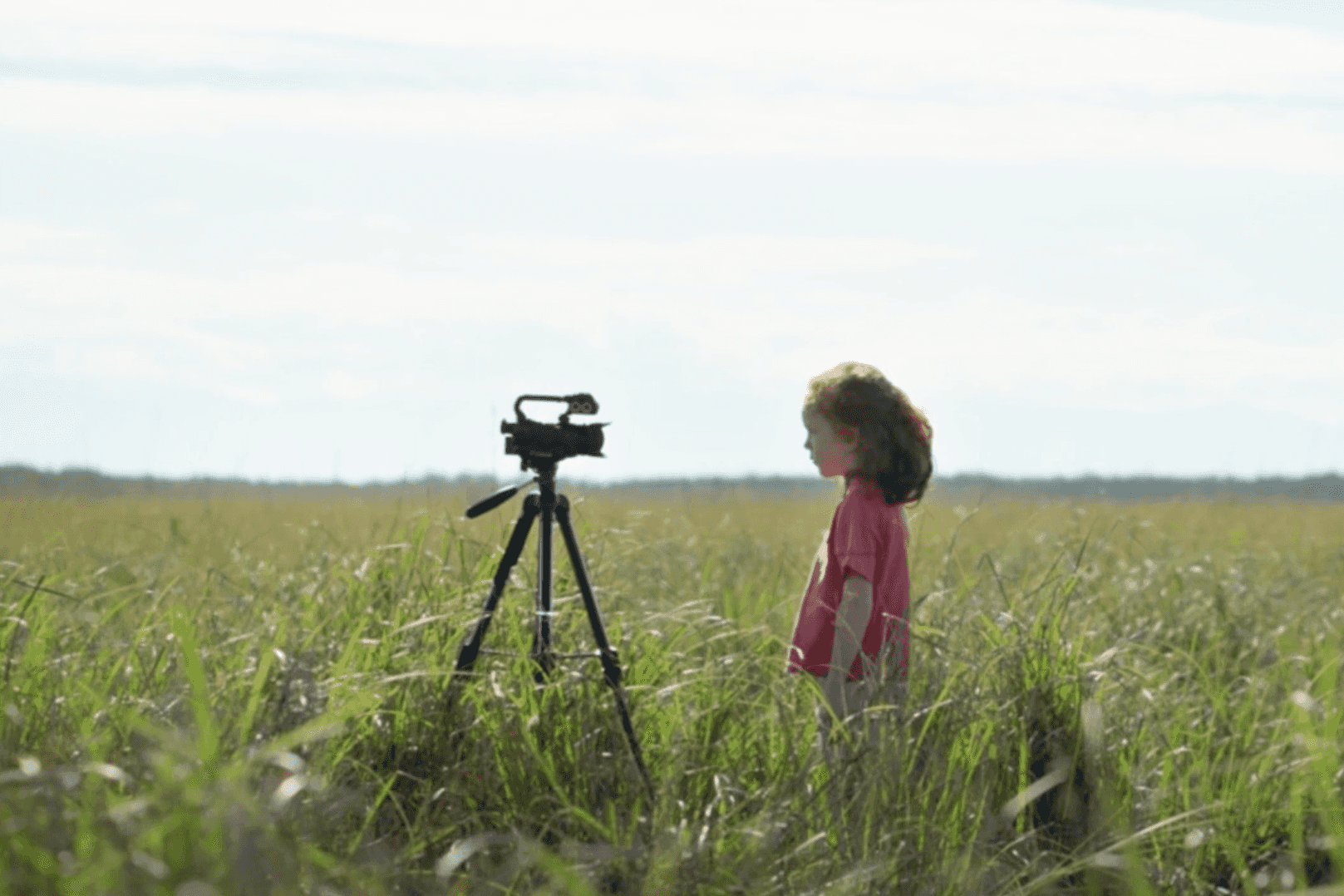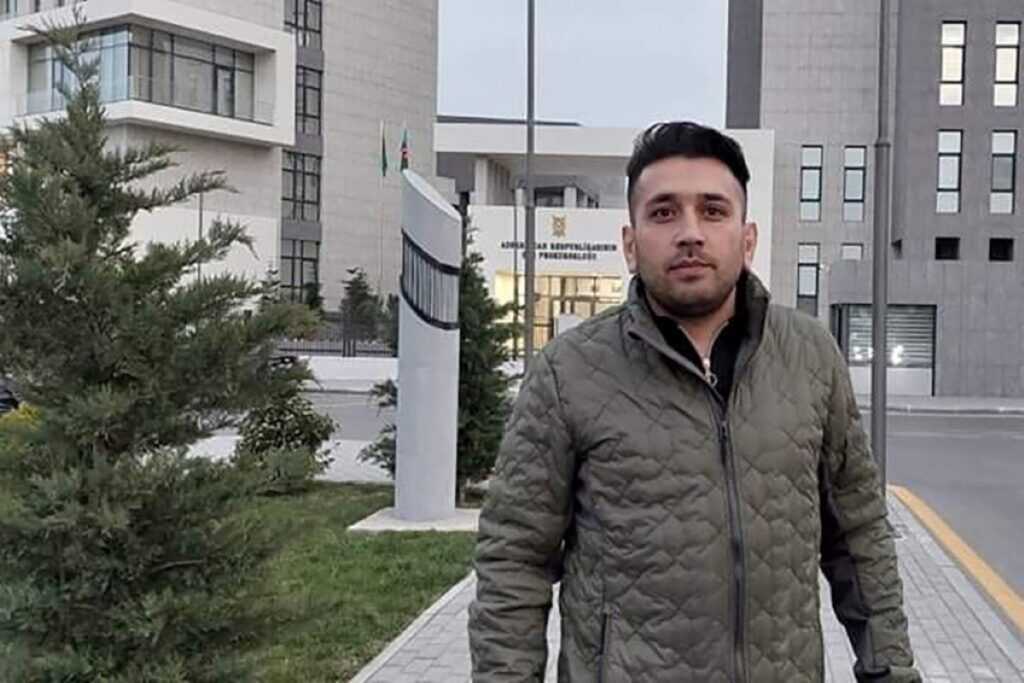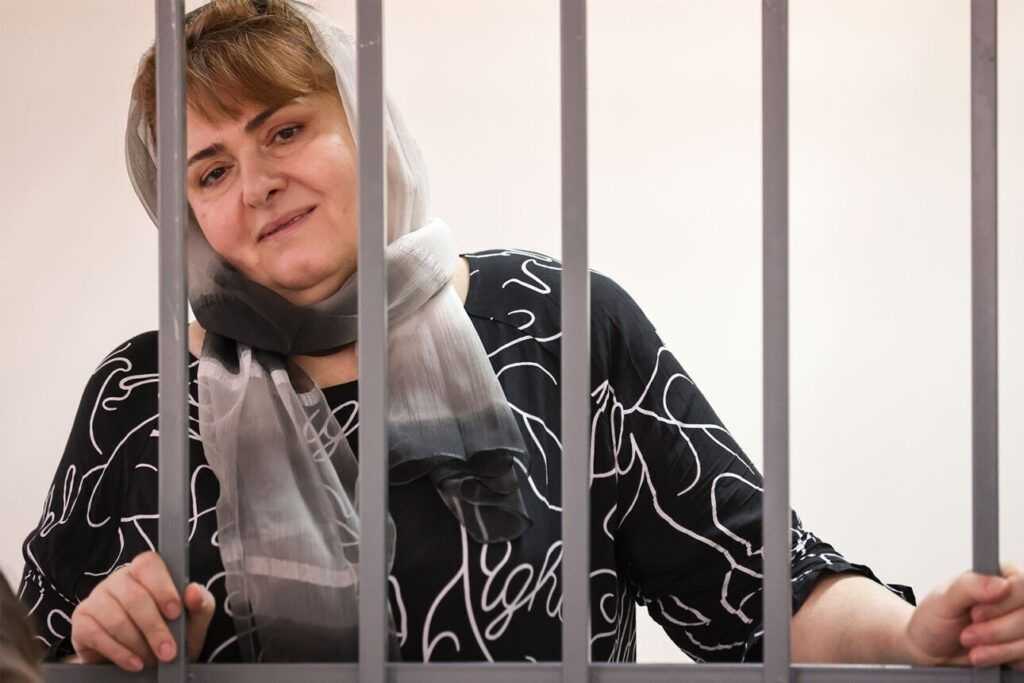Review | The Northeast Winds and Goodnight, Mister Stalin — two films on Gori, Stalin, and loss
These two documentaries set in Stalin’s home of Gori offer two tonally different reflections on his enduring cult of personality in modern Georgia.

‘As long as I live, Varlam Aravidze will not rest in the ground’, affirms Ketevan Barateli in Tengiz Abuladze’s groundbreaking Georgian film Repentance (1987). Ketevan, whose family were victims of Aravidze’s regime (a stand-in for Stalin’s), resigns to repeatedly exhume his corpse, much to his admirers’ horror.
Her ritual allegorised Soviet Georgia’s inadequate reckoning with the dictator’s legacy, which remains pertinent today. In 2024, it was reported that Stalin still polls relatively well in Georgia, and that several new monuments (and even a church fresco) depicting the dictator have popped up during Georgian Dream's time in power.

Two documentaries set in Stalin’s home city of Gori provide a welcome examination of this enduring cult of personality. Nikoloz Bezhanishvili’s The Northeast Winds (2022) and Benjamin Kodboel’s Goodnight, Mister Stalin (2024) centre on Makvala and Nasi, respectively, two women active in the city’s Stalin Society, a political party whose elderly members vigorously defend the dictator's memory.
The films highlight how Gori’s Stalinists cling to an idealised past as an antidote to loss, be that of the Soviet state and the sense of purpose it once provided, or, more simply, of loved ones they have outlived.
Tonally, however, the works handle this premise very differently. Bezhanishvili, a Georgian director familiar with the legacy of Soviet Bureaucracy, is more concerned with satirising the Stalin Society’s hapless attempts to organise than he is with fleshing out its members as human beings.
By contrast, Goodnight, Mister Stalin, likely due to its Danish director’s outsider perspective, makes no attempt at stinging social commentary. It instead chooses to devote its brief runtime (a mere 20 minutes to The Northeast Winds’ 90) to an unlikely friendship between Nasi and a younger woman (and fierce Stalin critic) named Zhana. This simpler approach, while not without its flaws, makes the film a more intimate psychological portrait than its predecessor.
The Northeast Winds — a distinctly Georgian farce
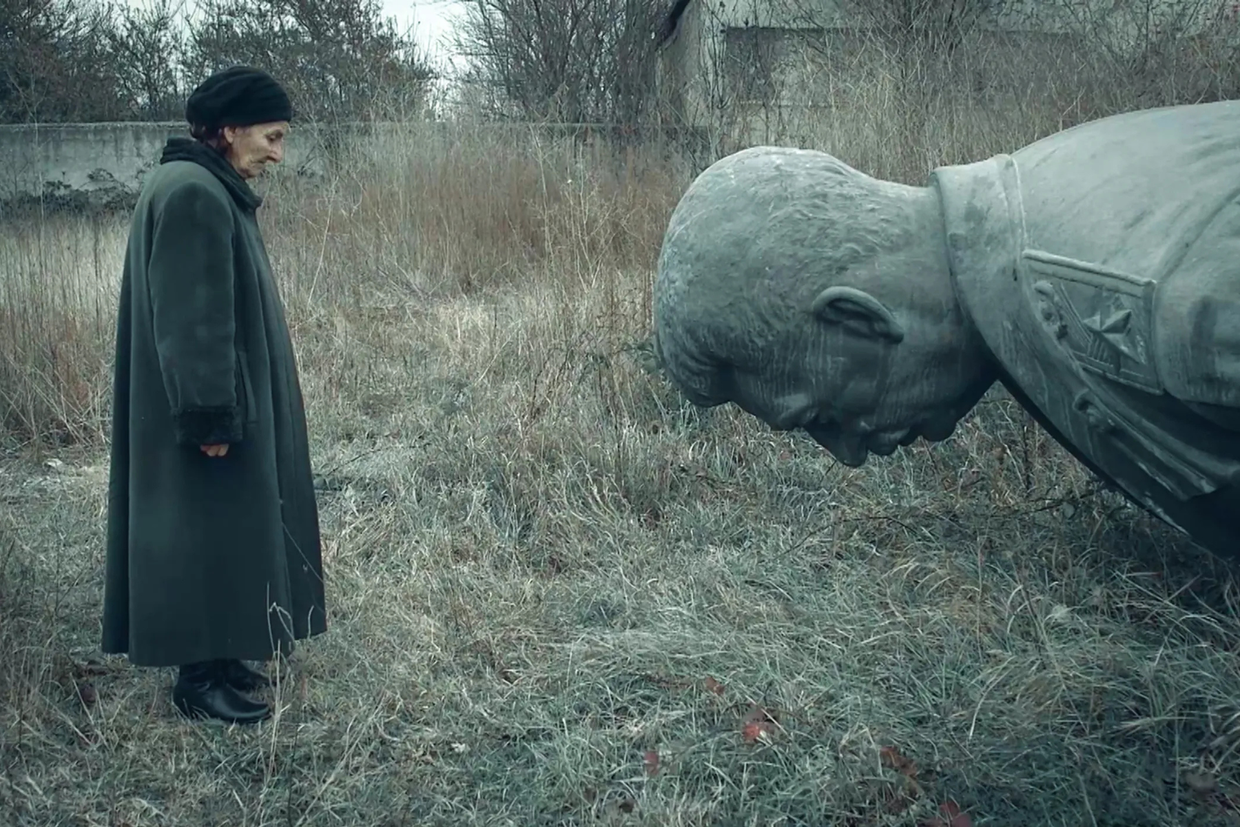
★★★☆☆
As the colder of the two films, it’s fitting that The Northeast Winds documents Gori in winter. The camera routinely lingers on the surrounding landscape, one that is bleak, impassive, and shot through with the titular icy wind.
The same muted colour grading and frigid gaze captures the characters. Long, cinema verité-style sequences show the Stalin Society huddling in their crumbling office building, discussing how best to restore Gori’s Stalin statue (removed by Georgia’s previous, pro-Western government).
That the proceedings are farcical is immediately clear. The chair, Aleko, proposes early on that the reason for their disappointing membership tally — 15 — lies not, as one would think, in their archaic dictator worship, but in their insufficient embrace of modern communication techniques: ‘all serious political parties have a website and the internet’. A coup attempt by rival geriatric Stalinist, Tengiz, leaves little doubt that the members are petty relics of Soviet bureaucracy. He provokes defections by asserting that Aleko, who owns a lemonade factory, is too bourgeois for the task at hand.
The film recalls classic Georgian satires like Eldar Shengelaia’s Blue Mountains (1983), which sees the employees of a publishing house while away the hours doing nothing at all, before the building — a metaphor for the Soviet state — eventually collapses on top of them. The problem in the case of The Northeast Winds, however, is that its characters are not the larger-than-life figures who populate Shengelaia’s allegories, but real people with nowhere else to go. For them, the collapse has already occurred, and this bureaucratic ritual is all they have to distract themselves from what awaits: when one member with health issues doesn’t arrive on time, his colleagues’ automatic assumption is that he has died.
The instinct during such sequences is not so much to laugh along with the darkly comic beats — and there are indeed an impressive number of these, one member protesting, ‘How can you compete with me in loving Stalin?!’ is a highlight — than it is to reach out and comfort Bezhanishvili’s subjects. During an argument, Aleko meets the camera’s gaze directly from across the room, and his expression is one of pure exhaustion.
But the dispassionate, fly-on-the-wall direction keeps the characters painfully out of reach. The film captures moments of farce as if it were an end in itself, without showing much affection for the individuals behind them.
A key exception comes when we join the central figure Makvala at home, away from the others. Here she candidly discusses her grief at the loss of her husband, as well as the awful loneliness she feels when she is effectively ousted from the party, from her ‘family’.
But the film spends too little time on sequences like these, favouring instead to focus on the party’s political (dis)organisation. One extended sequence where the Stalinists clash with anti-Russia activists in Tbilisi’s Vake Park adds no real insight into the characters, who fall by the wayside in the film’s attempt to do Georgia’s labyrinthine political debates justice.
The devastating reveal in the credits’ postscript that Makvala was found dead after filming in circumstances that suggest suicide certainly makes for a powerful piece of political commentary — the loss of the Stalin Society meant that Makvala lost everything — but it also stings for a simpler reason: we never really got to know her. While an undeniably astute look at the void left behind by collapsed institutions, The Northeast Winds’ bleakness leaves a bitter aftertaste.
Goodnight, Mister Stalin — a more humanistic look at Gori
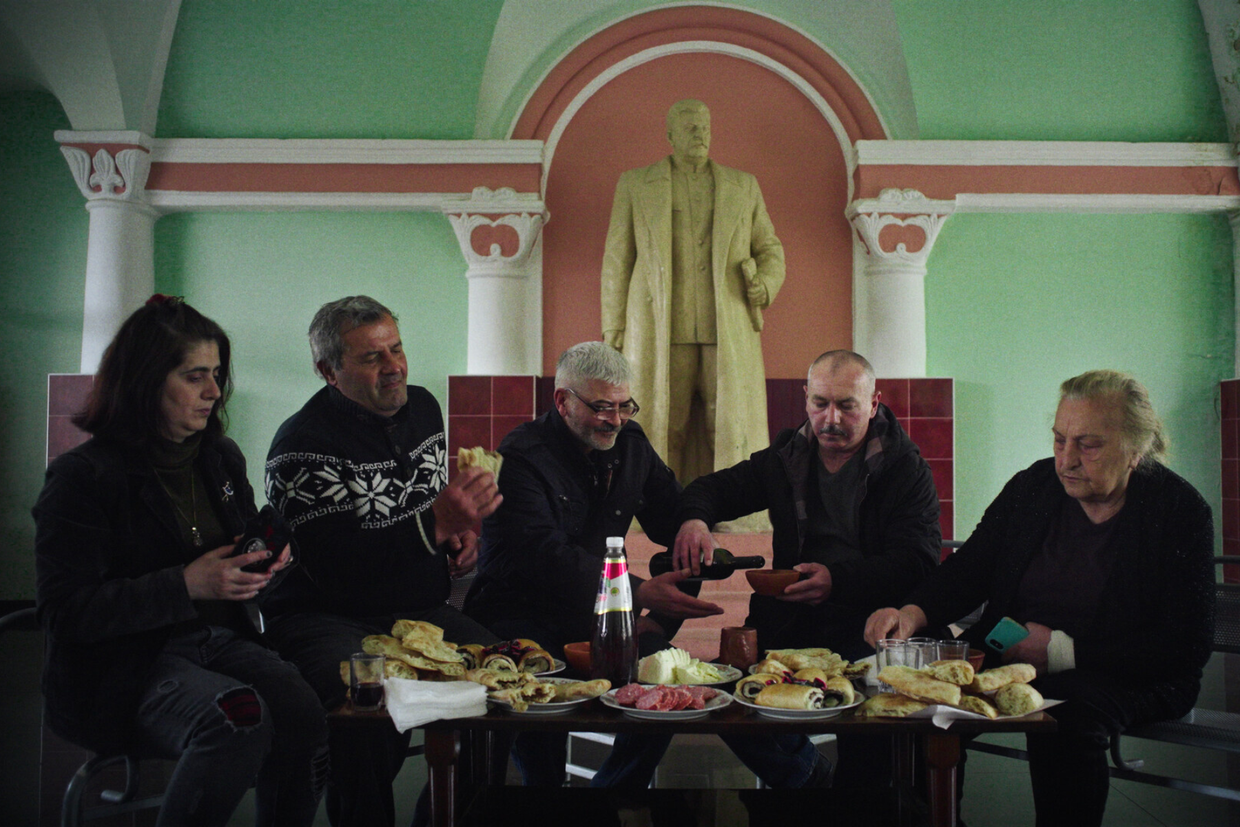
3.5/5★
Goodnight, Mister Stalin centres on the relationship between Nasi Stepanishvili and Zhana Odiashvili. At first glance, there is much to divide them: Stepanishvili, a background figure in The Northeast Winds, now leads the Stalin Society, whereas the much younger Odiashvili has set up her own daily Gori walking tour to try and show visitors a side to the city beyond the infamous museum-cum-shrine built around Stalin’s childhood home: ‘I confirm the tour even if it’s one person [...] to tell people that my town is not just about Stalin’ Odiashvili tells OC Media after a screening of the film in Tbilisi earlier in November.
But there is no Eddington-esque clash between the two ideologically-opposed residents. This town is big enough for the both of them; in one scene Stepanishvili is surprised when a journalist asks if they argue.
This is because Odiashvili is very careful about how she discusses Stalin’s crimes in front of the older woman. She tells the audience at the Tbilisi screening that she would frame statements about the numbers he killed in impersonal language, never using phrases like ‘I think’. This keeps the prospect of real dialogue, as opposed to the bickering we see in The Northeast Winds, alive.
For instance, one scene that ends with a debate over mass repressions still sees Stepanishvili complimenting Odiashvili’s new tattoo. It reads ‘tavisupleba’ (‘liberty’), a concept that means very different things to each of them, but that both agree is the most important thing in life. Unlike Bezhanishvili, Kodboel does not satirise his subjects. His non-judgemental approach elicits these moments of real psychological depth.
The central friendship offsets the film’s weaker elements, stemming from the foreign director’s less comprehensive knowledge of Georgia. Some nuance is lost, for instance, when Stepanishvili rants about ‘Natsebi’, a common pejorative for supporters of the formerly ruling United National Movement party and its alleged satellites. The subtitles opt for the literal translation, ‘Nazis’.
The film also attempts to connect the legacy of Stalinism with the August 2008 War. This is too grand a historical claim to make in a 20-minute film, not least because loyalty to Stalin will not have protected anyone in Gori from the bombs that fell on it.

Courting an international audience, Kodboel at times fetishises Soviet iconography.
‘I admit that I was maybe quite intrigued about it because of the visuals’, he tells OC Media after the film’s premiere in Gori itself. ‘I think, cinematically, that’s just really cool’.
Glossy shots of memorabilia inside the Stalin museum provide a ‘cool’ visual treat for the Western viewer.
In more important respects, however, the handsome cinematography is an asset. Unlike Bezhanishvili, Kodboel shoots Gori in summer, and the forbidding landscape of the earlier film becomes beautiful here. It is subversive to depict a place considered by some foreigners a ‘dark tourism’ hotspot in this way, and it aligns with Odiashvili’s contestation that the town is more than just its history.
One standout scene embodies this use of beauty to transcend the spectre of Stalin. When Odiashvili visits her father’s grave with her mother, they leave him flowers, apples, and even sprinkle beer (which he was fond of) around the headstone. The shot of the site that follows is wonderful in its composition. The scene has nothing to do with Stalin at all, with one important exception: we learn earlier that Stepanishvili also lost her father at a young age, and it is implied that her love for the dictator helped her to fill this void. The grave scene reminds us that the older woman is not so different to her younger friend, or to anyone who grieves.
Kodboel does a better job than Bezhanishvili of making the strange phenomenon of dictator-worship intelligible on a human level. While we sadly do not get to know Makvala — who has her own grief — well enough, we feel that we do know Stepanishvili by the end of Goodnight, Mister Stalin.
She, too, passed away after filming. An audience member at the Tbilisi screening who knew her reveals that she had a heart attack in response to strangers mocking Stalin in public. But Goodnight, Mister Stalin’s postscript wisely frames her death not in political, but human terms. It reads simply, ‘In loving memory of Nasi Stepanishvili’.






